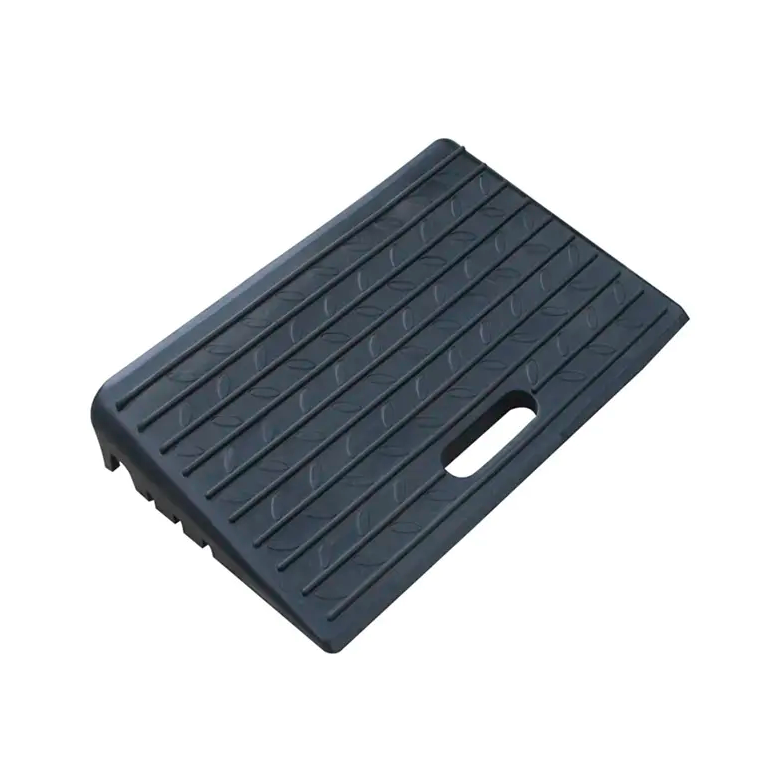The Importance of Load Capacity
A Kerb Ramp serves as a vital connection point between sidewalks and streets, designed to accommodate a wide range of users. Its load capacity is an essential aspect of both safety and durability. Whether used by pedestrians, wheelchairs, bicycles, or light vehicles such as delivery carts, the ramp must withstand daily wear without cracking or shifting. If the structure is weak or poorly constructed, it risks not only early deterioration but also potential accidents that compromise accessibility.
Design and Material Considerations
The strength of a ramp is closely tied to the materials used in its construction. Concrete reinforced with steel mesh is a common choice, as it provides both compressive and tensile strength. Alternative materials like high-strength polymers or modular rubber sections can also be employed in temporary or portable settings, but their load limits differ significantly. Thickness, slope gradient, and the quality of the foundation beneath the ramp also play critical roles in determining how much weight the structure can reliably hold.
Typical Weight-Bearing Expectations
In most urban applications, ramps are designed to support much more than just pedestrian use. Standard designs typically account for the load of motorized wheelchairs, bicycles, and even small service vehicles. Many permanent concrete ramps are capable of handling several tons of pressure without visible damage. However, lightweight or portable ramps, often used in temporary scenarios, may only support a few hundred kilograms. Understanding this distinction is important for both planners and end users, ensuring the right ramp type is chosen for the environment.
Maintenance and Safety Factors
Even if a ramp is designed to bear heavy loads, its long-term performance depends on consistent maintenance. Cracks, erosion, or subsidence in the underlying soil can drastically reduce its load-bearing ability. Regular inspections help identify structural weaknesses before they become hazards. Additionally, proper installation practices, such as compacting the base layer and ensuring adequate drainage, are equally important. Without these precautions, even a strong ramp may fail under repeated stress, particularly in areas with high traffic volumes.
The load capacity of ramps is not a fixed value but the result of thoughtful design, durable materials, and ongoing care. When these factors align, a ramp can reliably support both light pedestrian use and heavier traffic without issue. Conversely, overlooking structural quality may shorten its service life and put users at risk. Ultimately, ensuring strong load-bearing performance is a key step toward maintaining accessibility and safety in modern urban environments.
Place of Origin: Zhejiang, China
Brand Name: Tiantai Yongsheng
Material: Rubber
Size: 1000*150*50mm
Weight: 5.5kg
Capacity: 15000kg
Color: Yellow&Black
Packing: Woven Bag
